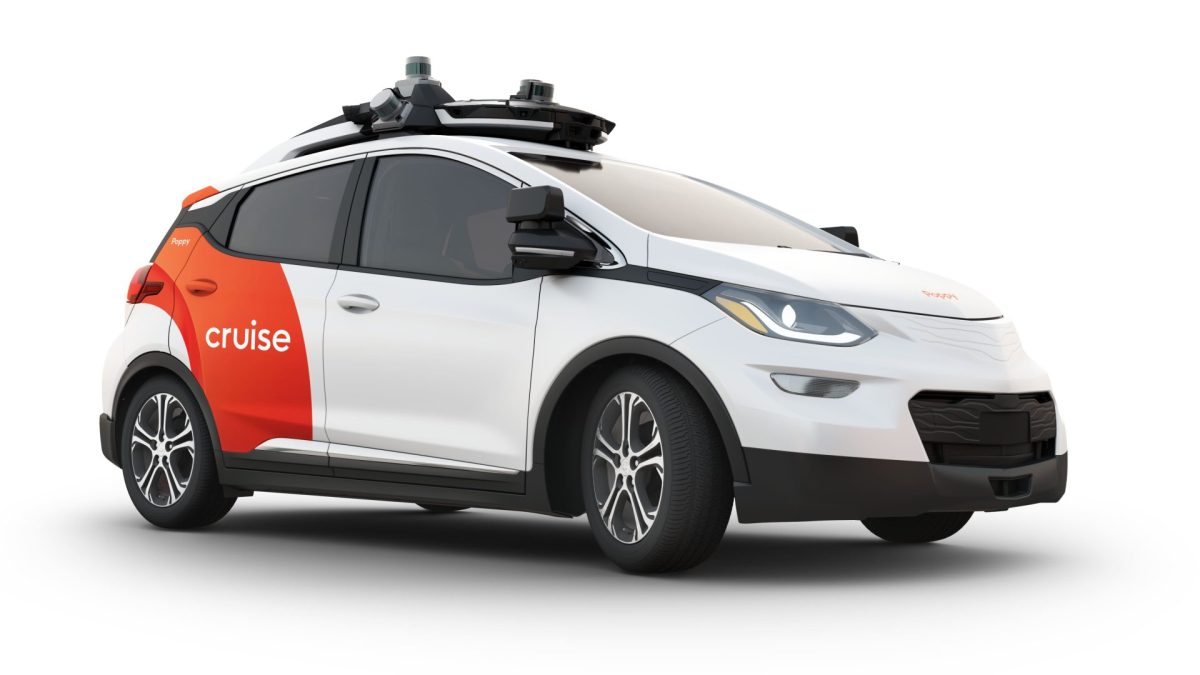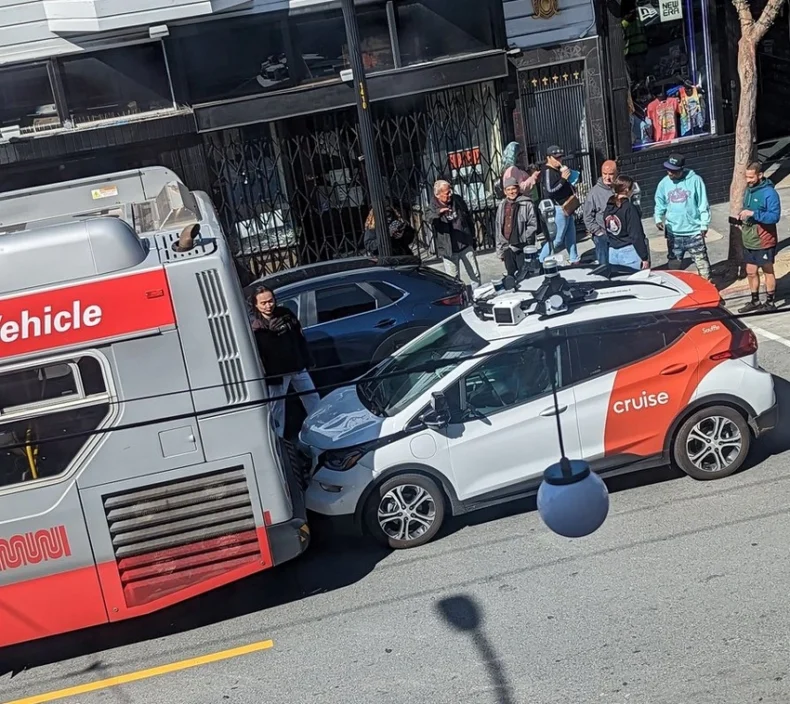In a surprising turn of events, Cruise, a prominent player in the autonomous vehicle industry, has agreed to cut its driverless car fleet in half in San Francisco. This decision comes on the heels of a recent collision between one of Cruise’s driverless taxis and a fire truck, as well as other incidents that have raised concerns about the safety and reliability of autonomous vehicles on city streets.
The collision incident, which occurred less than a day before the decision was made, involved a Cruise driverless taxi and a fire truck at an intersection in San Francisco. While no fatalities were reported, a passenger in the driverless car sustained injuries, further amplifying the debate surrounding the safety of autonomous vehicles. This setback for Cruise comes just a week after the California Public Utilities Commission (C.P.U.C.) granted permission for the expansion of driverless taxi services in the city, not only for Cruise but also for its rival Waymo, a subsidiary of Alphabet Inc.

Amid growing concerns about the incidents and the potential impact on public safety, the California Department of Motor Vehicles (D.M.V.) – the regulatory authority overseeing driverless vehicle safety – took action. The D.M.V. requested that Cruise decrease its fleet size in San Francisco as a precautionary measure. This decision reflects the agency’s commitment to maintaining road safety while allowing technological advancements to flourish. Cruise, which currently operates a fleet of 400 driverless vehicles in the city, will now be limited to running a maximum of 50 driverless cars during the day and 150 at night.
The recent collision is not the only issue that has plagued Cruise’s driverless vehicle operations in San Francisco. Just earlier this week, another Cruise vehicle found itself stuck in newly poured concrete on a city street, raising further questions about the reliability of the technology and the readiness of these vehicles for public roadways.
Cruise, a subsidiary of General Motors, is a key player in the race to develop and deploy autonomous vehicles. The incident has highlighted the challenges and complexities involved in transitioning to a future where autonomous vehicles coexist with traditional vehicles and pedestrians. While autonomous vehicle technology holds tremendous promise, it is not without its pitfalls and growing pains.
Drew Pusateri, a spokesman for Cruise, explained that several vehicles faced difficulties in communicating with Cruise employees who could have guided them out of problematic situations. The spike in cellular traffic due to a music festival in Golden Gate Park hindered their efforts to connect, resulting in vehicles stopping unexpectedly and disrupting traffic flow.
This incident has also brought into focus the broader regulatory framework surrounding autonomous vehicles in California. The C.P.U.C. and the D.M.V. are the primary agencies overseeing the deployment and operation of autonomous vehicles. Companies must obtain a permit from the D.M.V. before applying for driverless deployment permits from the C.P.U.C. The recent events have prompted the D.M.V. to launch an investigation into the concerning incidents involving Cruise’s vehicles and their impact on road safety.
The D.M.V. statement indicated that they are committed to ensuring road safety and that they reserve the right to suspend or revoke permits if public safety is compromised. The agency has asked Cruise to reduce the number of operating vehicles until the investigation is complete and appropriate corrective measures are taken.
The incidents involving Cruise’s driverless vehicles are not isolated cases. San Francisco officials have raised concerns about the interference of autonomous vehicles with emergency vehicles since the beginning of the year. Instances where driverless cars abruptly stopped or hindered emergency vehicles have been documented, underscoring the need for stringent safety measures as autonomous technology continues to evolve.
The collision incident, the concrete incident, and the overall concerns have prompted San Francisco officials to file an injunction requesting a temporary halt to the expansion of driverless taxi services. The future trajectory of autonomous vehicle deployments in the city remains uncertain as regulators, companies, and the public navigate the complex landscape of autonomous vehicle technology and its integration into urban environments.













